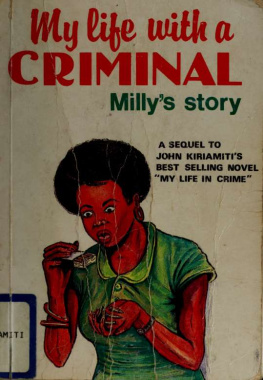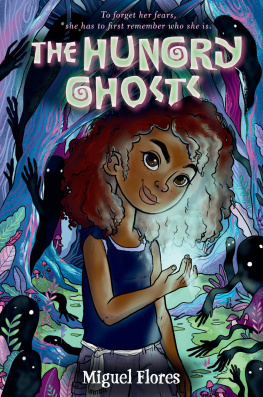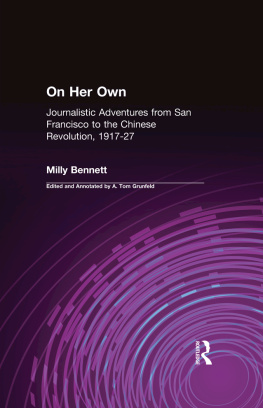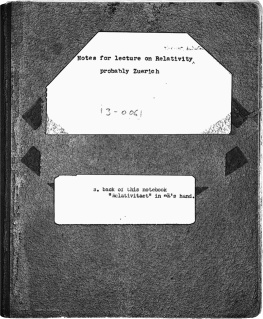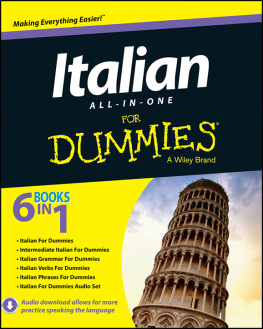First published in the UK in 2012 by
Intellect, The Mill, Parnall Road, Fishponds, Bristol, BS16 3JG, UK
First published in the USA in 2012 by
Intellect, The University of Chicago Press, 1427 E. 60th Street,
Chicago, IL 60637, USA
Copyright 2012 Intellect Ltd
All rights reserved. No part of this publication may be reproduced, stored in a retrieval system, or transmitted, in any form or by any means, electronic, mechanical, photocopying, recording, or otherwise, without written permission.
A catalogue record for this book is available from the British Library.
Cover designer: Persephone Coelho
Copy-editor: MPS Ltd.
Typesetting: John Teehan
Production manager: Tim Mitchell
ISBN 978-1-84150-459-9
Printed and bound by Hobbs, UK
Introduction
Invisible Italian TV drama
Italy is world famous for a number of reasons: fashion and style, good food and wine, Tuscan sun, magnificent landscapes, an enviable historical and artistic patrimony, opera, football teams, Ferrari cars, the strange case of a media tycoon turned prime minister and so forth. But, however much we may extend the list by adding trite stereotypes (pizza, spaghetti and mandolins) and negative clichs (the Mafia), we will never find any mention (for better or for worse) of Italian TV drama.
This is not much of a surprise. In Italy as elsewhere although there are well-known exceptions to the rule, related but not limited to the usual Anglo-American suspects the popularity of homegrown television drama remains confined within national boundaries, in sharp contrast with the world renown enjoyed by Italy in the field of cinema.
Although Italian cinema has been languishing since the 1970s, merely surviving, as it were despite occasional and much-awaited signs of a resurgence of its one-time splendour it is still in fact widely known, fondly remembered by international filmgoers and cinephiles. And a number of genres, as well as periods of its history, from the epics of the silent era to post-World War II neo-realism, the spaghetti westerns of the 1960s, have, over the years, continued to attract plenty of scholarly attention on the international scene of film studies. Keying Italian cinema or Italian film in the research string of Amazon, Google books, JSTOR, Ingenta Connect and similar search engines results in a legion of publication titles. However, the same test would undoubtedly demonstrate that just the opposite is true with television drama, excepting of course the works published in Italy in the Italian language (and a handful of writings by the present author in other languages).
Is Italian television, in general, deemed much less worthy of academic interest and work with respect to the cinema? However plausible, the affirmative answer to this question does not entirely convince, given the fact that a sizeable body of literature, produced by national and international scholars, exists and circulates in journals and books dealing with different aspects of the Italian broadcasting system, history and programming, such as the deregulated rise of commercial networks, television and politics, television news, prospects of public service, and more than anything else, the Berlusconi factor. In addition, and mostly in relation to the Berlusconi factor, a narrative image (Ellis, 1992) of Italian television has taken shape, which bears the disreputable marks of excess in the provision of trash programmes. I am unable to say to what extent such an image has spread through public opinion and scholarly circles outside Italy where it prevails in the commonsensical perception of contemporary national television but it is interesting to note the unusual way it has been received and housed as it were in an international journal. When the authoritative International Journal of Cultural Studies embarked on its second decade of existence, it smartened up its cover. Starting with the June 2008 issue, the cover features a magnificent photographic composition by the artist Patrick Nicholas, who likes to reproduce artistic masterworks of the past, reinterpreting them as if modern. The picture was inspired by Johann Heinrich Fsslis most famous painting, the sombre and disturbing Nightmare (1781). Like the original, the picture shows a sleeping girl in the foreground whose head and arms are hanging over the edge of a bed, mind and body sunk in deep slumber. Unlike the original, however, the photograph does not have recourse to allegories of monsters to conjure up the oppressive fear of troubled sleep. The body of the sleeping girl stands out against a background of a wall, tilted and encircling her, covered with television screens. Thus, for the artist, the present-day nightmare is television and reality television in particular, as the title of the photo (Reality) indicates, and as is exemplified by the panoply of images displayed on the screens. And one remarkable detail stands out, illustrating the Gothic horror of reality shows, in that the artist has chosen to use images recognizably taken from Italian television programmes.
I offer this example only in support of the fact that Silvio Berlusconis media power and trash TV two elements that are not infrequently regarded as inseparable, tied together in a symbiotic relationship or a causal connection now seem to constitute the most conspicuous features of the Italian television scene, even more so in the eyes of those who observe it from outside Italy. Undeniably, the rise, on more than one occasion, of a media mogul to the head of Italys government provides irresistible grounds for curiosity and interest, and prompts questions concerning media power and control that must be asked again and again. And I do not wish to deny or underrate the demeaning vulgarity of a good deal of domestic entertainment programmes. But as far as the Italian television landscape is concerned, there is more than meets the eye: namely, TV drama.
More than meets the eye proves particularly appropriate in relation to TV drama, as the fictional forms of homegrown televisual storytelling are practically invisible, simply overlooked outside Italy. I should recall here the useful notion of invisible television that has recently been advanced and explored in the spring 2010 issue of the journal Critical Studies in Television; the term is intended to capture the idea that a substantial amount of televisual content hardly ever (or never) enters the sphere of attention and interest of media scholars and thus remains unnoticed or literally unseen within academia (Mills, 2010: 1). In principle, the notion of invisibility seems to apply more properly to individual programmes, which, their longevity and high ratings notwithstanding, are repeatedly ignored by the vast majority of academic work (Mills, 2010: 1). However, Sue Turnbulls article in the same issue (Turnbull, 2010) looks at the question of disinterest in most Australian television within Anglophone media scholarship, and convincingly demonstrates that the applicability of the notion invisible television can be extended to entire national landscapes or large bodies of televisual texts, which are repeatedly ignored by and unknown to the vast majority of international scholars.






